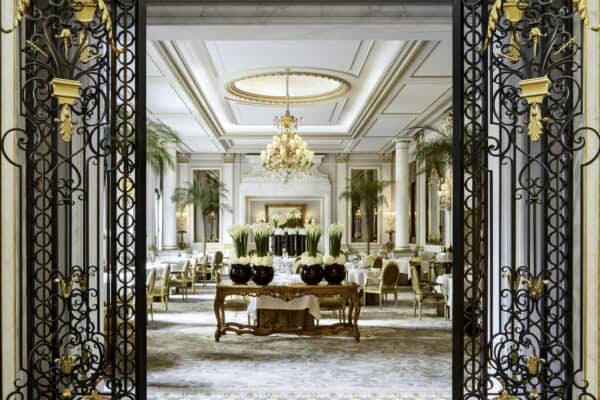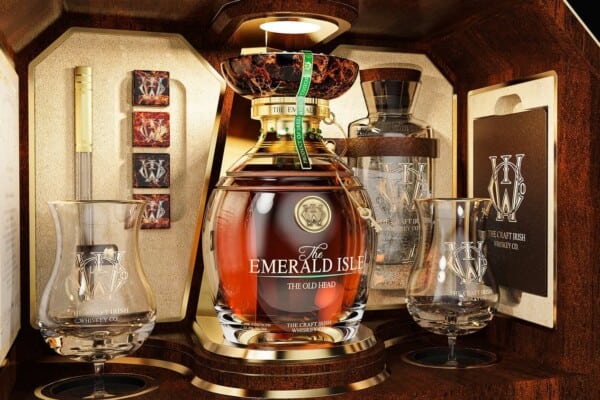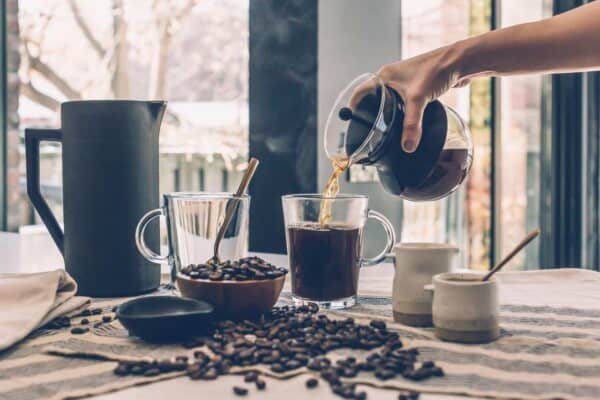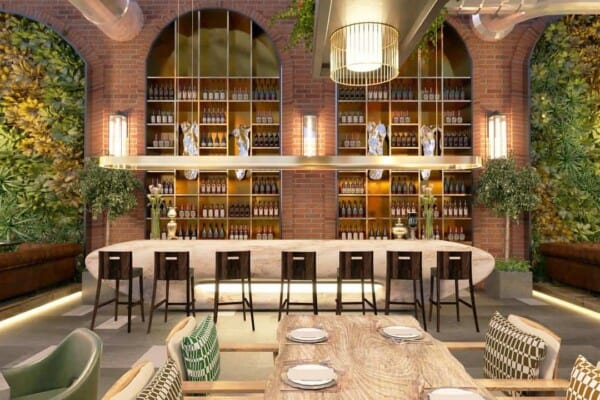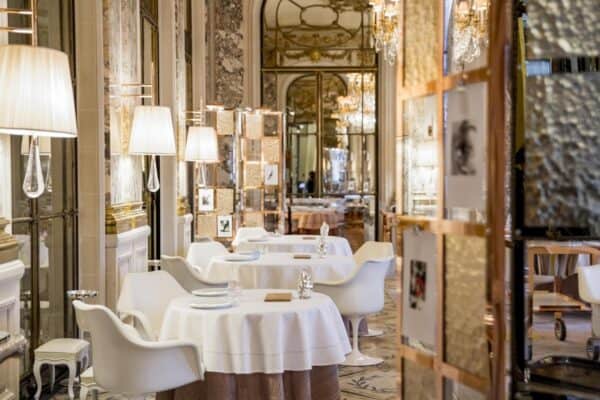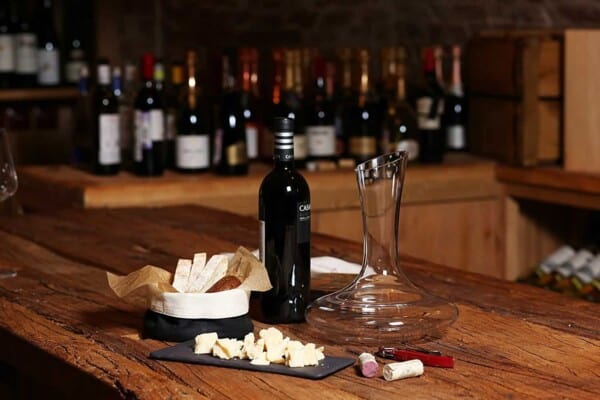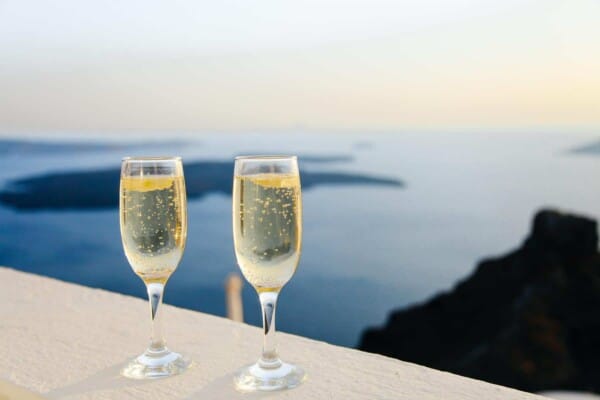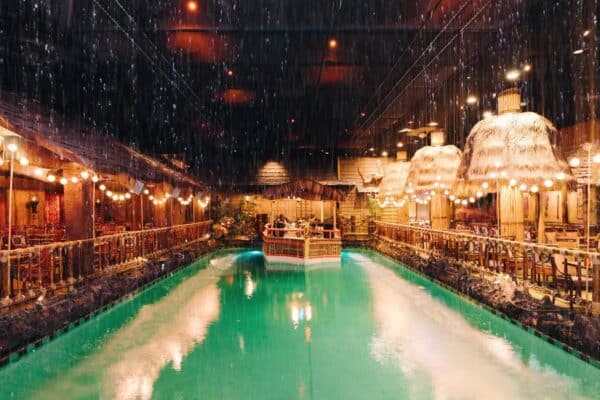
While most people know what champagne is and how to enjoy one, connoisseurs know there are several different types of champagne, each of them with its own characteristics and taste varieties, and all of them made according to the official Champagne method (or méthode champenoise) and coming from the Champagne region of France.
Champagne is at its core a sparkling wine, one of the most famous wines in the world. But the process of making it is complex and it’s also what gives Champagne its special character.
The traditional method involves the distillation of grapes into still wine, and then getting it through a second distillation process after adding yeast and sugar to the wine, creating carbon dioxide and lees.
Lees, which are yeast leftovers, is then removed from the bottles and replaced with a solution of wine and sugar.
The entire process takes between several months and several years, which is the reason for the high price of Champagne. Also, this cherished beverage is made only in a certain region of Northern France and only from specific types of grapes specific to that region, adding to the uniqueness.
The end result, depending on all those types of grapes, the amount of added sugar, the producers and their subtle differences in the making process, is one of the several possible types of Champagne, detailed below.
Champagne Types By Regional Classification
France’s picturesque Champagne region is home to 324 charming villages, each of them contributing to the region’s exceptional reputation for producing world-class sparkling wines.
These lovely little villages and their vineyards are classified into three distinguished categories: Grand Cru, Premier Cru, and Autre Cru.
Autre Cru
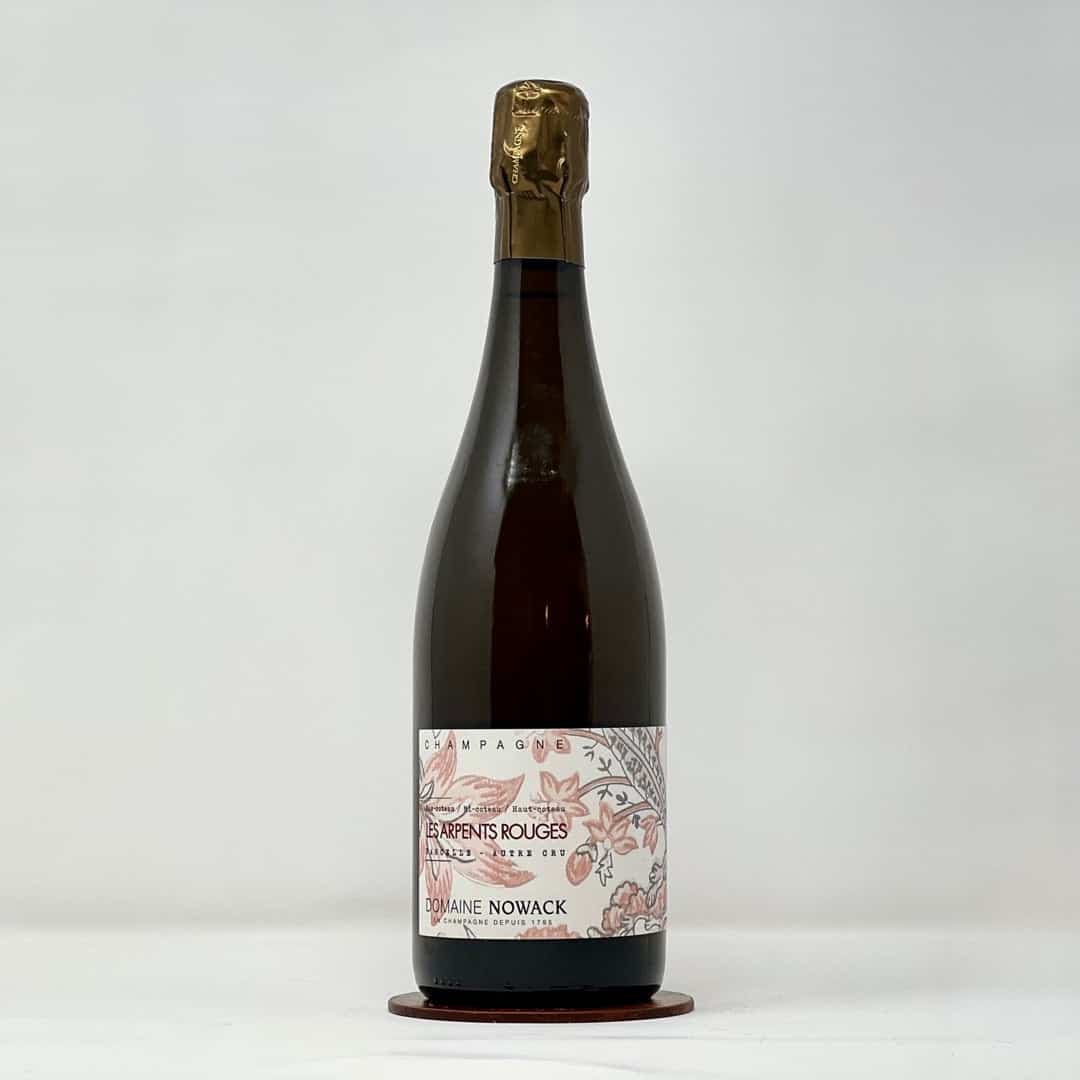
Autre Cru means “other crus”, which is Champagne made from another region than the Premier and Grand Cru below. As the name implies, it’s the least cherished region, but that doesn’t mean the Champagne produced from these vineyards isn’t going to be good.
The classification score for Autre Cru is around 80% to 89%, below the Grand and the Premier Cru, but sometimes, grape production is better in these Autre Cru vineyards than in the other ones. Currently, Autre Cru spreads over 264 villages.
Premier Cru
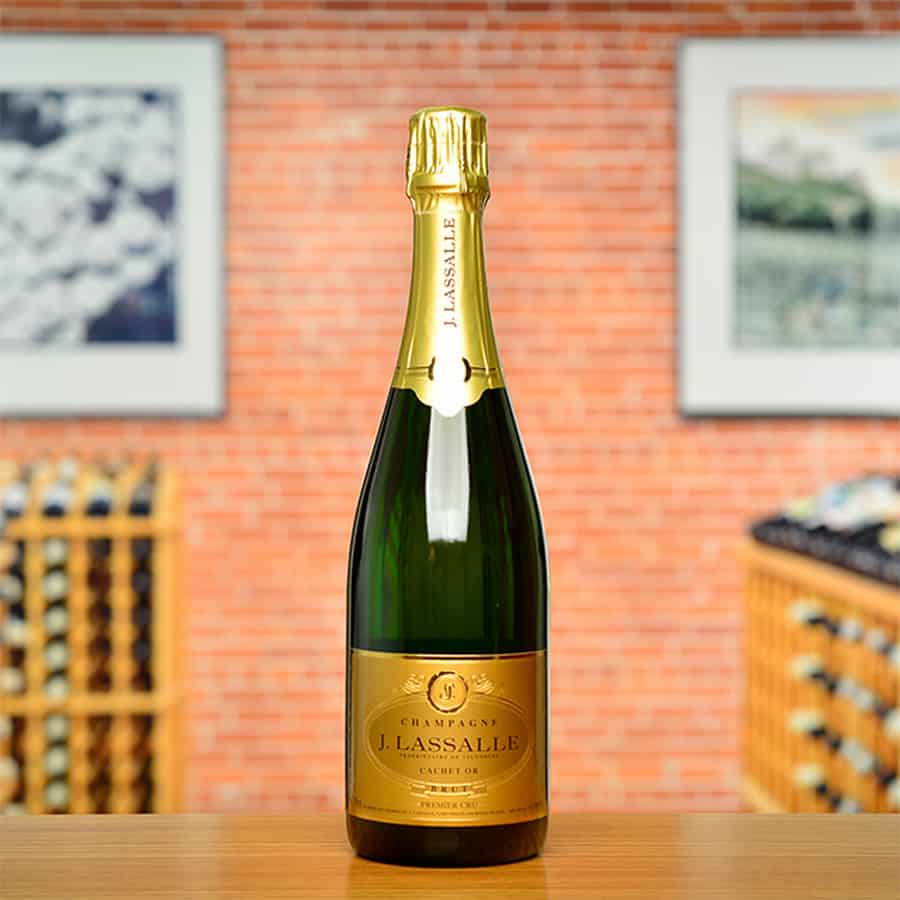
Moving up the Champagne ranks we’ve got the Premier Cru, which means “first growth”. The region comprises of 43 villages, 22% of the land for Champagne production, and reaches a score of 90 to 99%.
There are several other classifications to note here, for second (Deuxieme Cru), third (Troisieme Cru), fourth (Quatrieme Cru), and fifth growth (Cinquieme Cru).
Grand Cru
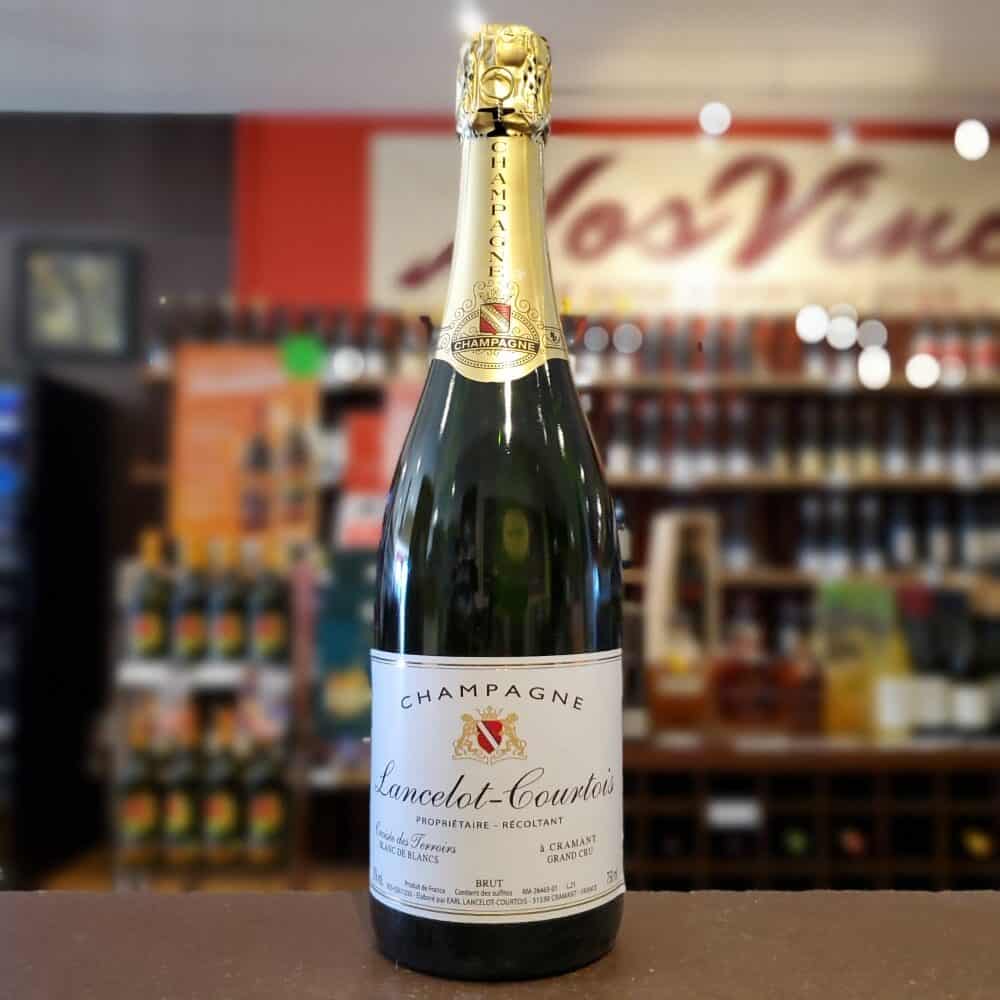
The Grand Cru classification comprises of a total of 17 Champagne making villages, and these are the best of the best, producing only the finest French wines.
As you might expect, the classification score is 100%, which means you’re going to be drinking the most refined and high quality Champagne there is. But don’t expect this to be cheap.
Champagne Varieties By Producers

Vignerons
Vignerons are simply independent families or persons who specialize in growing grapes and independent wine production. From planting to harvesting, they do everything by themselves.
They are experts in everything concerning wines, knowing each step in the making process. Usually these are spread into 3 categories.
There are Récoltant Manipulants (RM), who use 95% of the grapes from their own vineyards, which is the classic way of champagne making. Then we’ve got Société de Récoltants (SR), which is a group of farmers who work together to create some of the most high quality wines, and last but not least, there’s Récoltant Coopérateur (RC), which is a producer who prefers getting grapes from other growers instead of producing their own.
Cooperatives
Cooperatives are important for those communities who can’t afford to grow their own grapes and the cost of vinification, so they ask for help from those who do.
The Champagne produced by cooperatives is sold under the Coopérative de Manipulation label, or CM.
Maisons

Maisons are large Champagne houses, such as the renowned Dom Perignon, Pommery, or Moët & Chandon. There are 360 different such Maisons, and produce wine under different labels.
These are Négociant Manipulant (NM), who get grapes from other growers to make their wines. Marque d’Acheteur (MA) means Champagne marketed under a different name. It applies to resellers, merchants, restaurateurs, or distribution chains.
Négociant Distributeurs (ND) are those buyers who purchase rights from other producers and then label and distribute Champagne on their own establishments.
Champagne Types By Year
Non-Vintage / Sans Annee
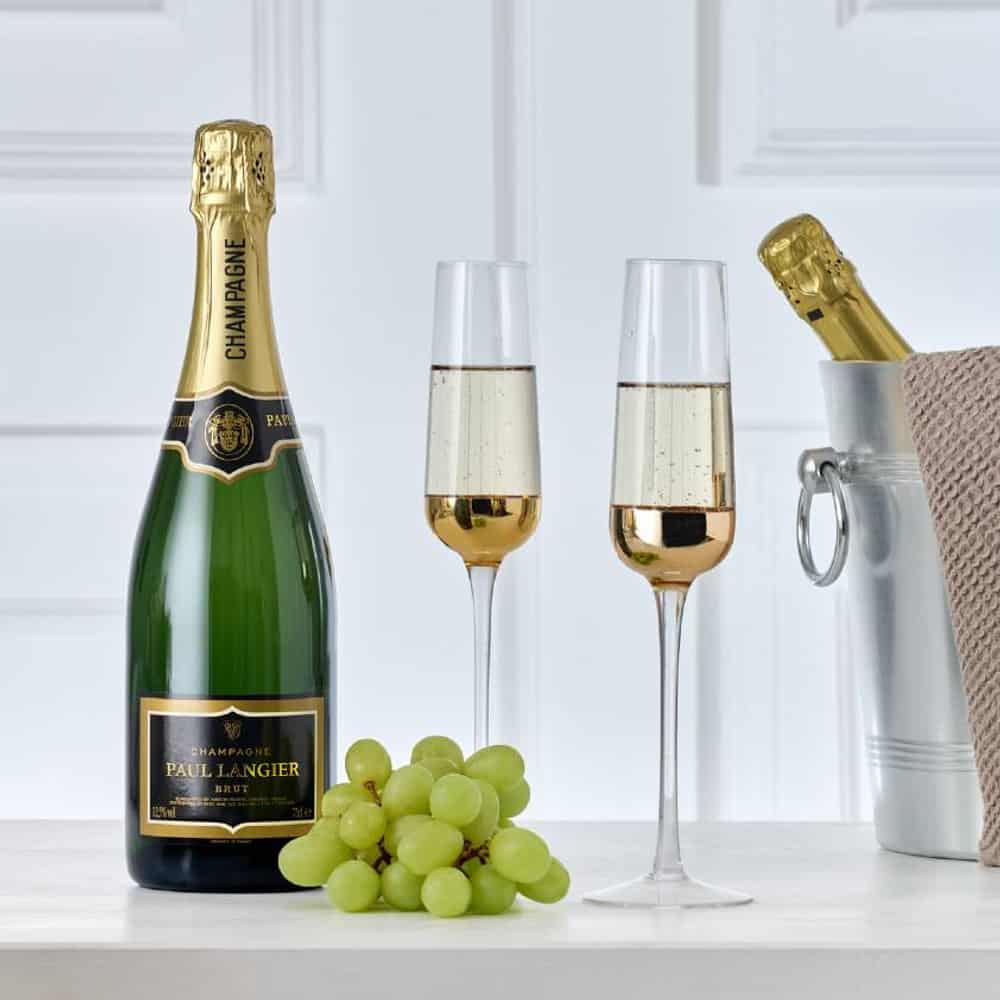
The non-vintage type of Champagne means it’s made without regard for a particular vintage, so it’s a combination of several different vintages, or harvests, with various types of grapes sourced from different areas. That’s 85 to 90% of all the Champagne produced.
It’s the classic type of Champagne, complex, consistent and affordable, and it’s the one that has been around for a very long time and continues to be produced.
Vintage
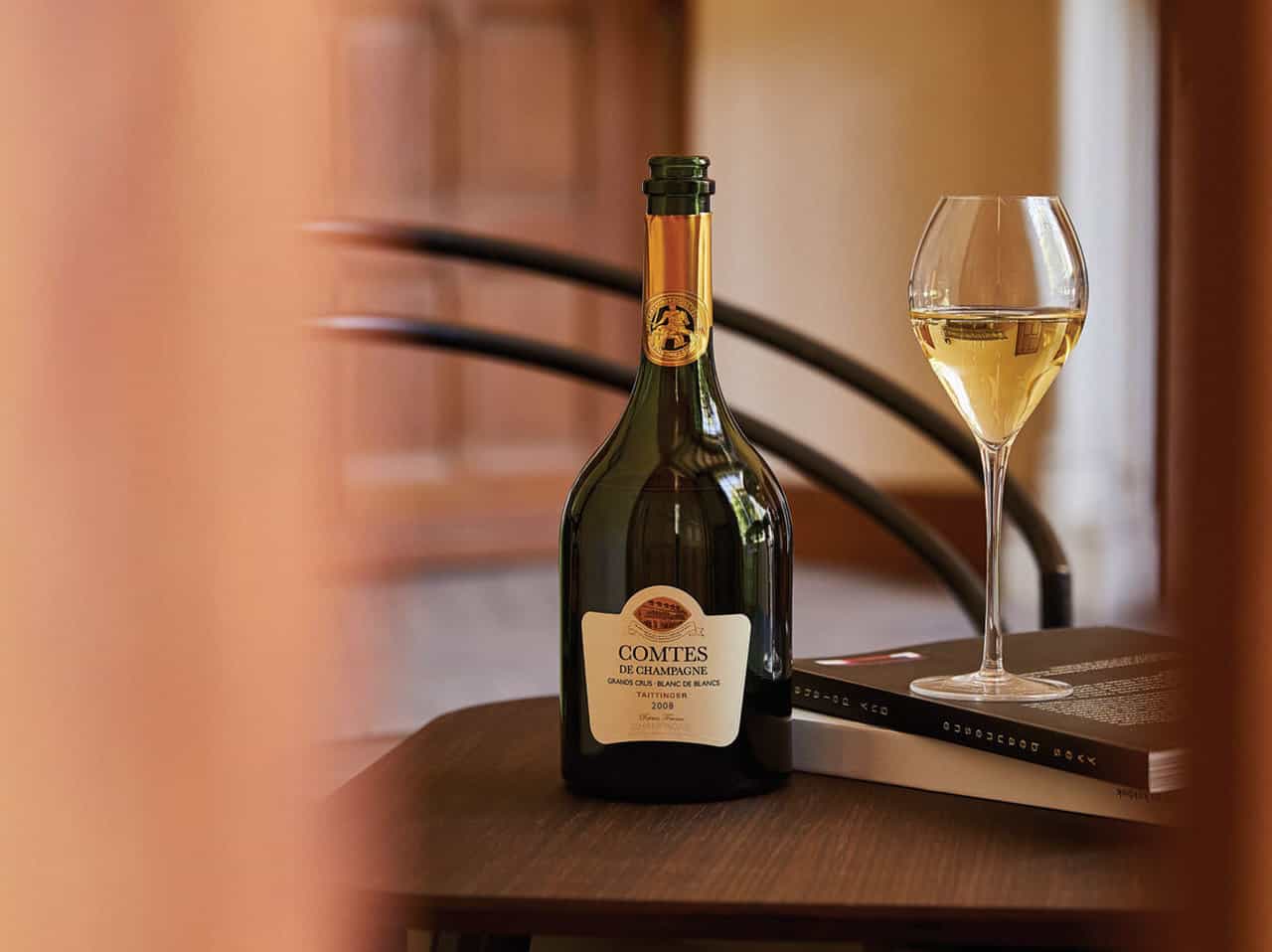
The Vintage Champagne on the other hand is produced from the grapes of a single harvest of the same year. The grape types are most often Pinot Noir, Pinot Meunier, and Chardonnay. Usually rarer and one of the most expensive Champagne types, the vintage is aged a minimum of three years.
Nowadays, production has increased due to better technology and production efficiency and better prediction of the weather and conditions, so vintage Champagne is found more often than in the past.
Millesime

Champagne Millesime is the product of a specific harvest and good year. The term itself means “great vintage”, and it has to come from a minimum of 85% wines from that specific harvest to pass the requirements.
The Millesime is aged in casks for at least three years, similar to the vintage.
Types of Champagne By Grape Variety
Rosé
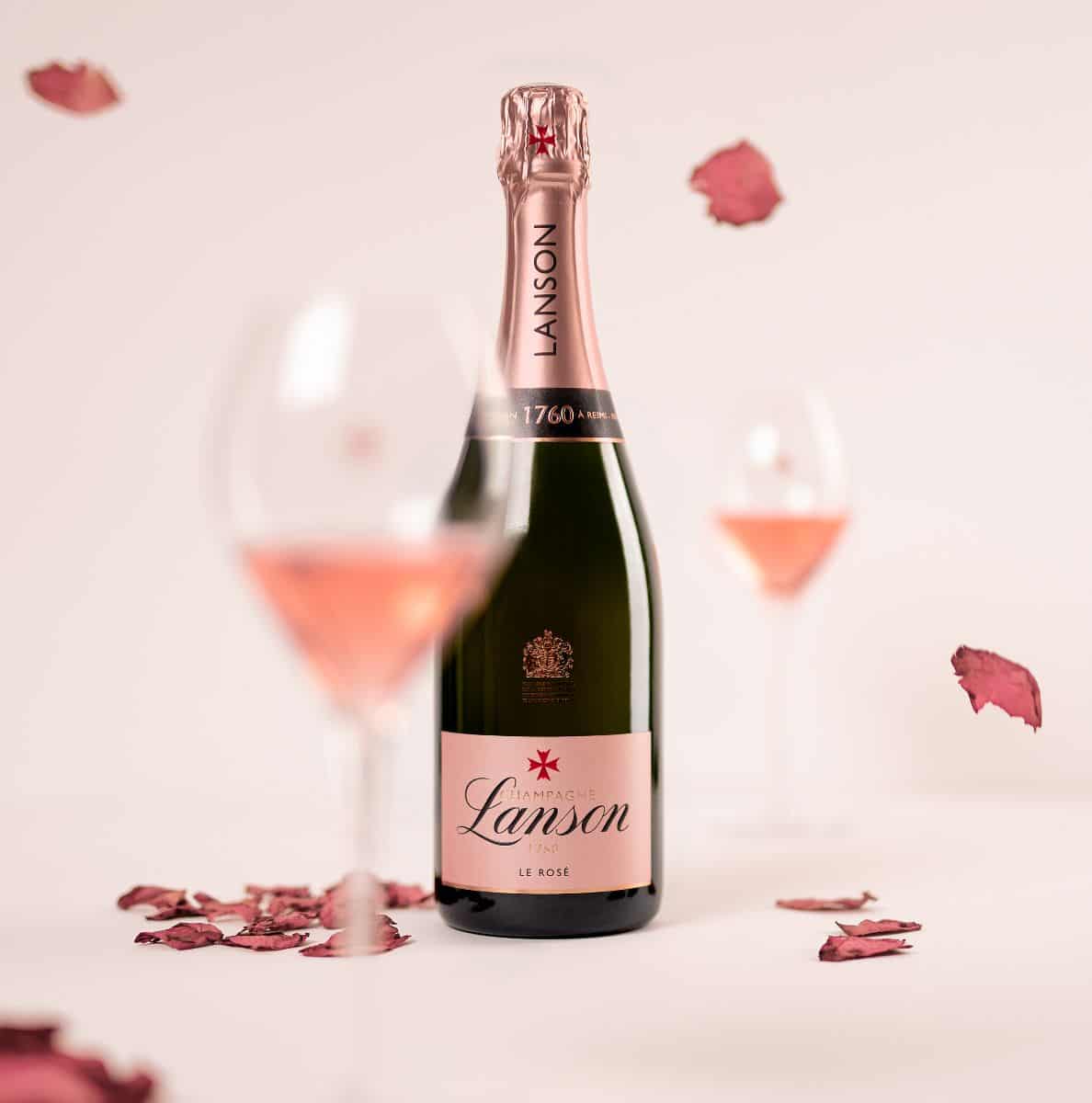
With its slight pink hue, the Rosé Champagne is a unique type of sparkling wine made from Pinot Noir and Meunier grapes.
The red grapes give the rosé a more intense flavor. Besides that, it’s known that winemakers add even more still red wine during the final production phase, up to 10-15%, to add extra flavors.
Blanc de Noirs
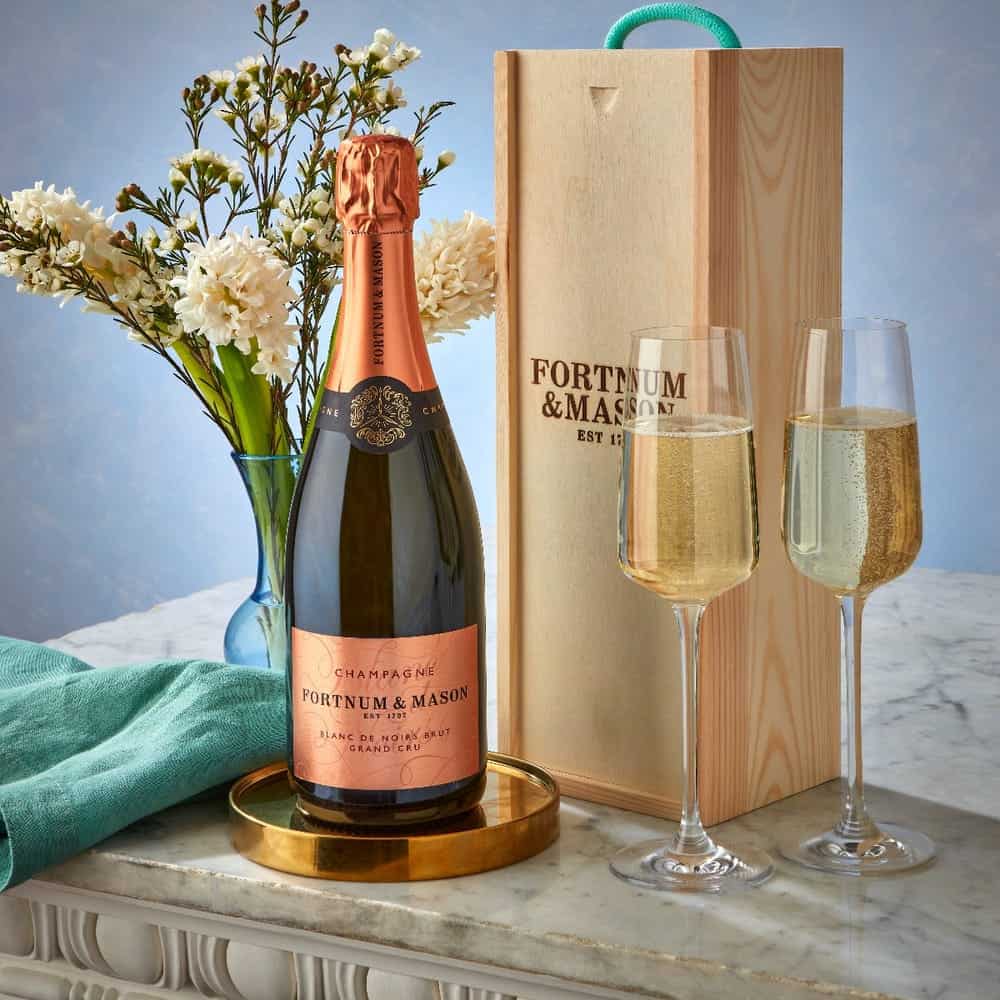
The name Blanc de Noirs is a little odd, since it actually means “white wine from black grapes”, but that’s indeed possible since the red pigment in red grapes is actually found in the skin of the grapes and not in their flesh.
Traditionally produced from Pinot Noir and Pinot Meunier grapes, the Blanc de Noirs Champagne features a clear pale color with gold hints that grow more intense with age.
The flavor of a Blanc de Noirs is unique, soft, and fruity, with just enough acidity to make tasting it more interesting but without becoming bitter. A perfect choice for any meal, the Blanc de Noirs is the best blend of wines.
Blanc de Blancs
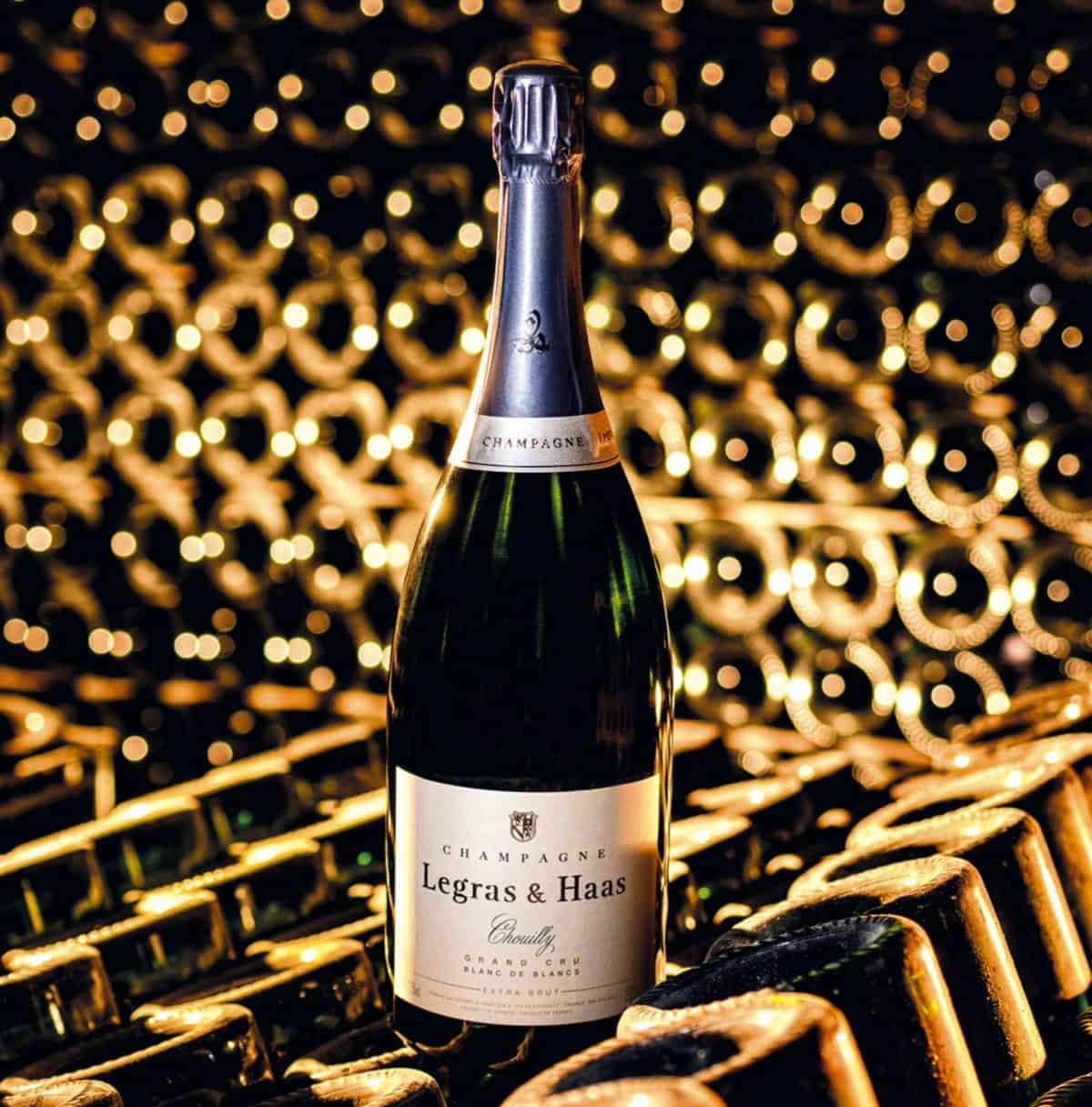
Meaning “white from whites”, the Blanc de Blancs is made from white grapes only, and features a nice clear color devoid of any red or pink hue. The grapes traditionally used here are 100% Chardonnay.
In contrast to the Blanc de Noirs, the Blanc de Blancs usually has a more increased acidity, which makes it more enthralling, but also subtle notes of nuts or brioche.
Usually, producers stick with a certain style, so it’s not unusual for a producer that makes Blanc de Blancs to only produce this type of Champagne, without involving in producing Blanc de Noirs and vice versa.
Prestige Cuvee
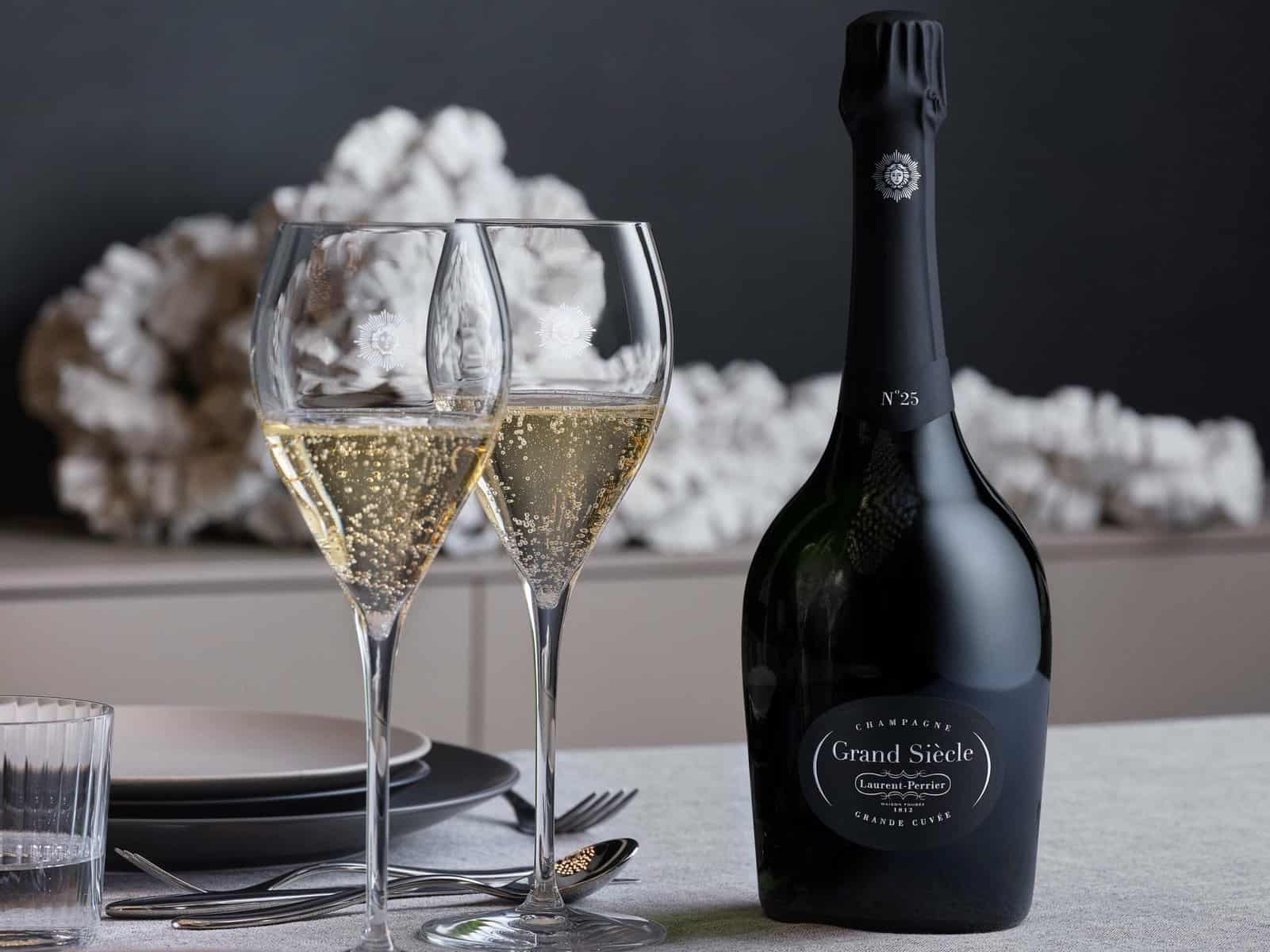
The Prestige Cuvee is a specialty Champagne, a premium type with a very unique and impressive complexity and intensity that can’t be found in any other type of Champagne.
This type of Champagne is made from only a reputable blend of grapes grown in some of the best vineyards, so that it can offer one of the best drinking experiences reserved for the most select of occasions.
It is aged in oak barrels, and each producer adds his own personal touch on the final product, giving it exquisite flavors to distinguish themselves from other producers.
The Prestige Cuvee is therefore a very rare and expensive type of Champagne.
Champagne Types By Dryness / Sweetness
Champagne Doux (50+ grams of sugar added)

Champagne Doux is the sweetest type of Champagne due to the sugar content, which amounts to more than 50 grams per liter. It used to be extremely popular during the 18th and the 19th centuries.
Recent times has seen its popularity decreasing in favor of more dry forms of Champagne. Though it’s easier to make than other types, due to the decrease in popularity, Doux Champagne is harder and harder to find.
Champagne Semi-Dry / Demi-Sec (33-50 grams of sugar added)
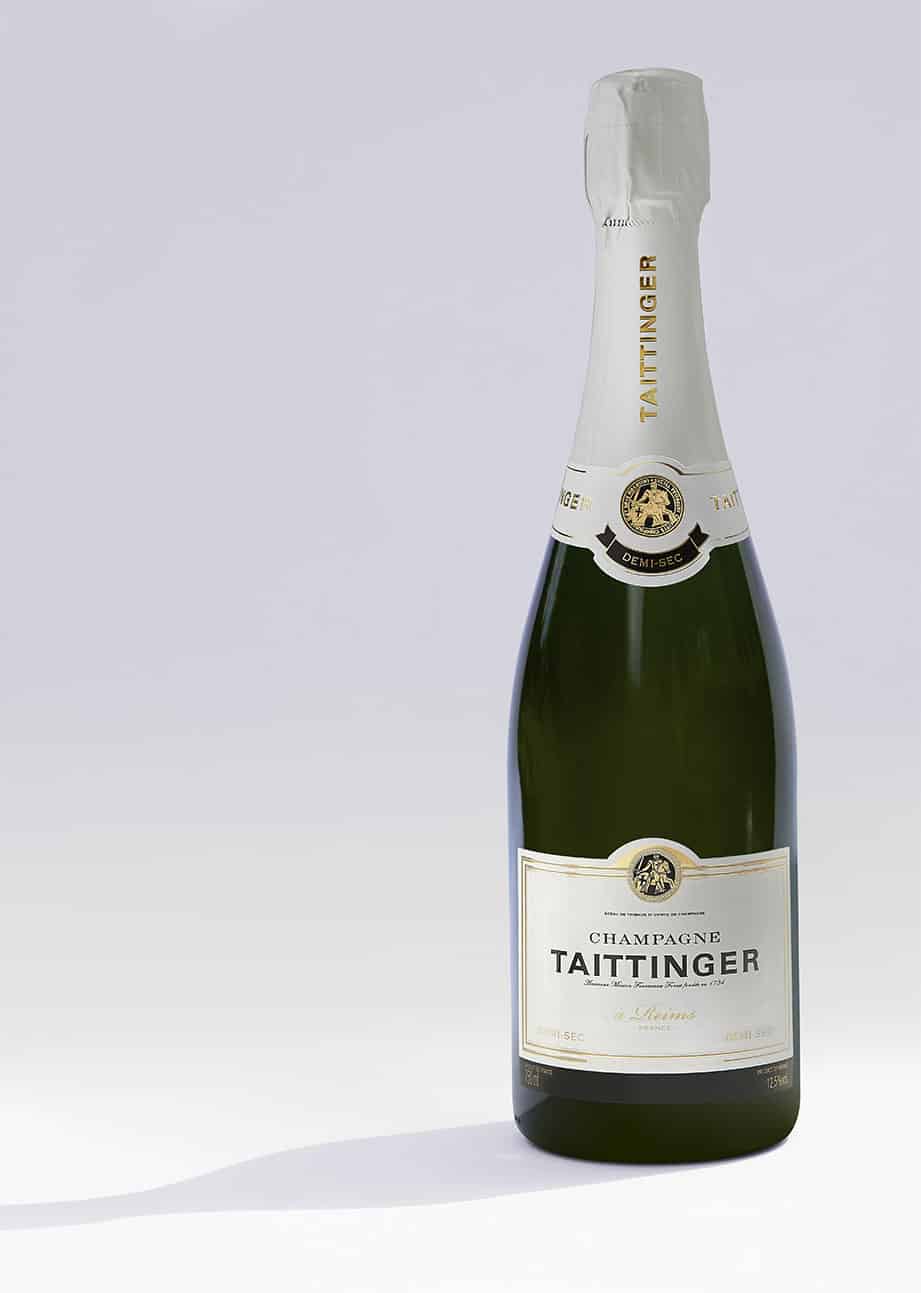
Going down the scale of sugar quantity, we’ve got Champagne Demi-Sec, which has between 33 and 50 grams of sugar added per liter of drink. Also known as semi-dry, it’s still one of the sweetest Champagnes around, second after Doux.
It’s got a nice sweetness to it, but it’s bubbly and impressively refreshing. It generally comes packed with intense fruit flavors, feature which makes it extremely appropriate to be served as an aperitif, as a dessert wine, or as a base for Mimosas. It’s also very good in combination with various pasta dishes.
Champagne Dry / Sec (17-32 grams of sugar added)

The dry or sec Champagne gets somewhere between 17 and 32 grams of residual sugar per liter, and it’s known as being medium or moderate in sweetness. It shouldn’t be compared with the usual dry wine, because its sweetness is still being very noticeable and not just a subtle hint.
Overall, it’s the most balanced Champagne in terms of dryness or sweetness, and features the right amount of acidity, making it very enjoyable.
Champagne Extra Dry / Extra Sec (12-17 grams of sugar added)

Another type of Champagne that has a slightly misleading title regarding its dryness. Called extra dry or sec, this is still a lot sweeter than what you might expect being used with dry wines in general.
Containing between 12 and 17 grams of added sugar per liter, it’s the middle ground of the Champagne sweetness scale. Perfectly enjoyable as an aperitif, it’s got subtle hints of fruits and sweetness.
Most people think it’s drier than Brut Champagne, but the truth is it’s the other way around.
Champagne Brut (Less than 12 grams of sugar added)
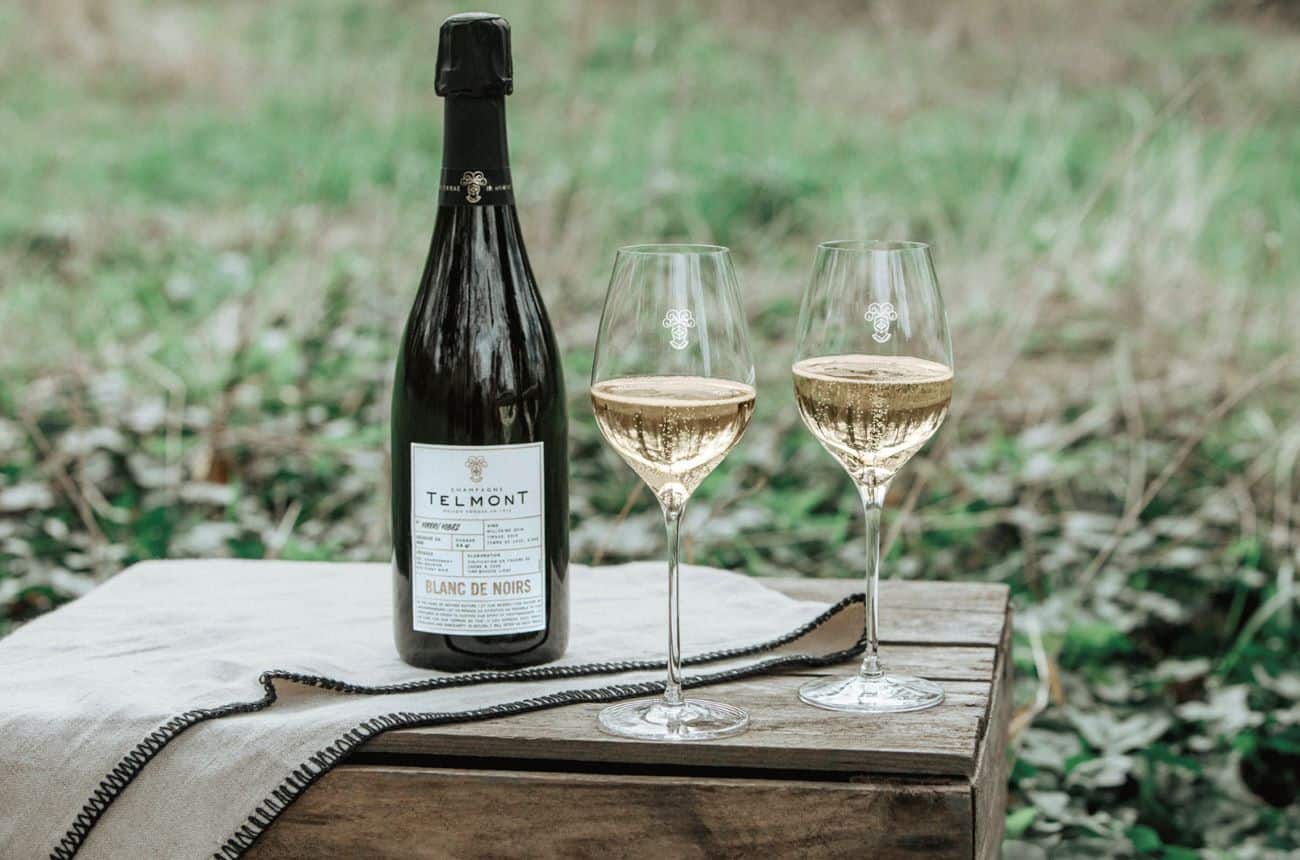
Champagne Brut, with less than 12 grams of added sugar per liter, it’s what French actually mean by “dry”. The term brut means either “dry”, “raw”, or “unrefined”.
This type of Champagne is extremely delicious, and a favorite of those who don’t like sweet Champagne. With its lovely flavors, it’s good as an occasional treat, and goes very well with many dishes.
Its acidity is just in the right amount, without being over the top, and it’s best served cold. Leave it in the fridge for at least three hours, or in an ice bucket, and it should be properly chill when the serving time comes.
Champagne Extra Brut (0-6 grams of sugar added)
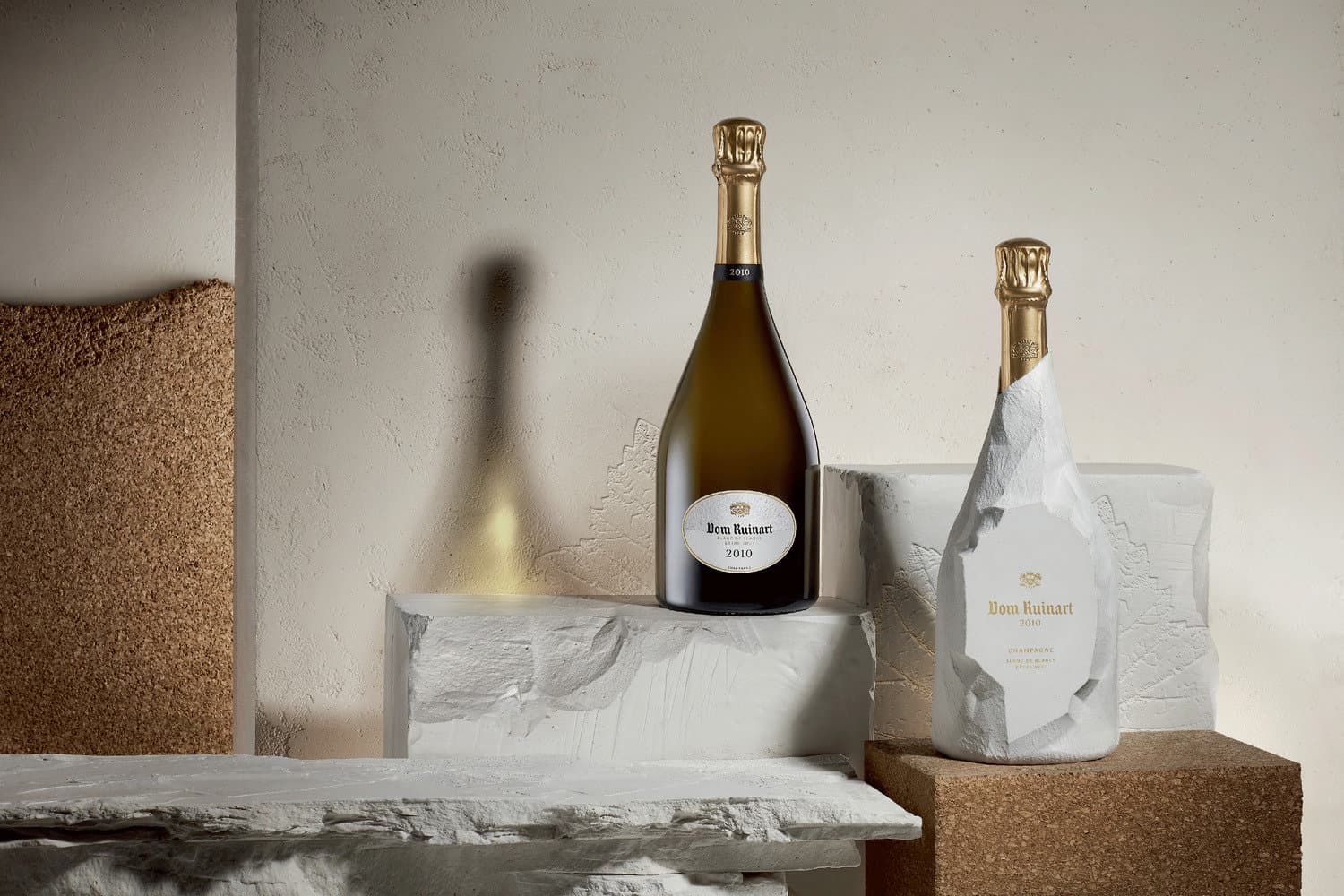
A more and more popular choice among health conscious consumers who want to reduce sugar intake, the extra brut type of Champagne comes with a very low sugar content, usually somewhere between 0 and 6 grams per liter.
A favorite of Asian cultures, the extra brut sparkling wines are popular in countries such as Japan, China, or South Korea. While sugar content is reduced to a minimum, the taste doesn’t stray too far away from other types of Champagne, thing which makes it even more popular.
Its sweetness is a lot more subtle, but the natural flavors are still there and noticeable.
Champagne Brut Nature (No sugar added)
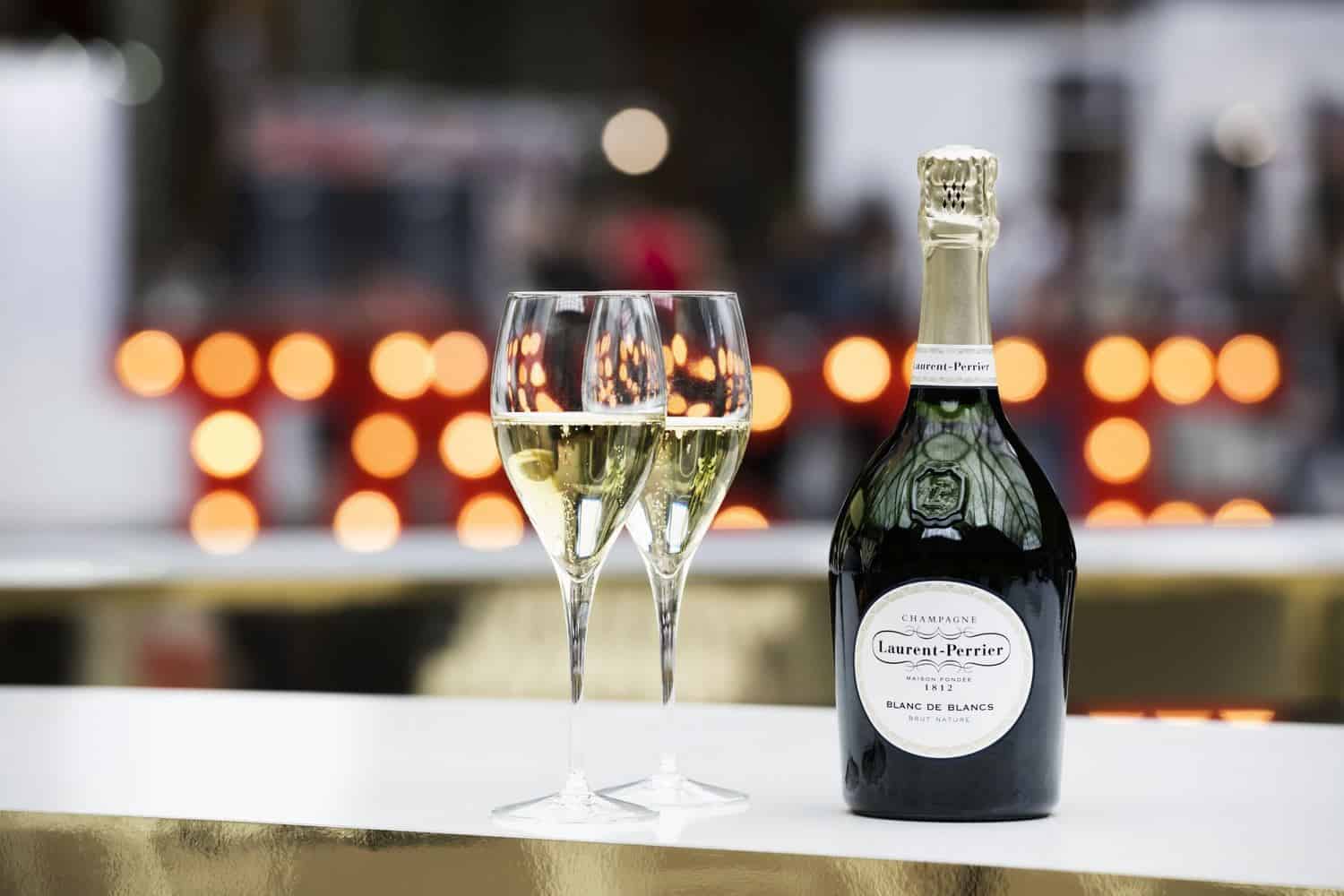
Champagne Brut Nature, also known as Brut Zero, or non-dosé, it’s got no sugar content, leaving its contents unaltered, preserving the natural state.
On the other hand though, these Champagnes have a higher acidity when compared to the other types, but are very refreshing and truly dry.
Inspired by British tastes, Perrier-Jouët was the pioneer of the Brut Nature Champagne, the driest type of Champagne there is.
Final Thoughts
No matter your tastes, there’s a type of Champagne for everyone. We hope we’ve shed some light on the complex world of Champagne making and all the types and labels you might find written on bottles.
One thing to keep in mind here is that every type of Champagne in a certain category will be mixed with another type from a different category, as in a certain type of grapes, made by one kind of producer, mixed a certain dryness or sweetness.
Order your favorite or try them all, it’s your choice. Mind the wallet though, with some of them.
Contents
- Champagne Types By Regional Classification
- Champagne Varieties By Producers
- Champagne Types By Year
- Types of Champagne By Grape Variety
- Champagne Types By Dryness / Sweetness
- Champagne Doux (50+ grams of sugar added)
- Champagne Semi-Dry / Demi-Sec (33-50 grams of sugar added)
- Champagne Dry / Sec (17-32 grams of sugar added)
- Champagne Extra Dry / Extra Sec (12-17 grams of sugar added)
- Champagne Brut (Less than 12 grams of sugar added)
- Champagne Extra Brut (0-6 grams of sugar added)
- Champagne Brut Nature (No sugar added)


